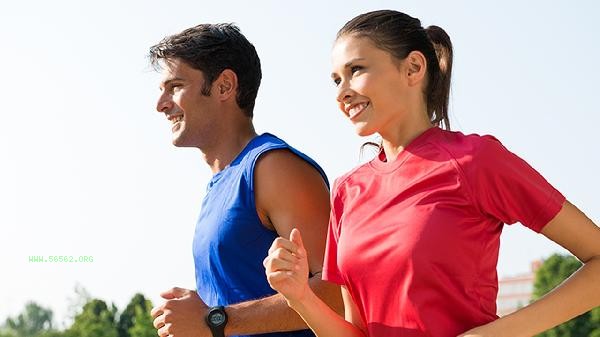You can breathe through your mouth while running, but it is recommended to use nasal breathing as the main method and mouth breathing as a supplement. The nasal cavity can filter air and regulate temperature and humidity, while oral breathing is more suitable for the rapid ventilation needs during high-intensity exercise. The specific breathing method needs to be adjusted according to the intensity of exercise, personal habits, and environmental conditions. Relying solely on nasal breathing during running may limit oxygen intake, especially during high-intensity stages such as sprinting or climbing. The physiological structure of nasal stenosis increases ventilation resistance, and breathing through the mouth appropriately can improve oxygen uptake efficiency. The mode of coordinated breathing between the nose and mouth is more in line with the physiological mechanism of human movement. It is recommended to adopt a rhythm of two-step nasal inhalation and one-step mouth exhalation. In cold weather, the mouth breathing method with the tongue pressed against the upper jaw can be used to reduce cold air stimulation. People with nasal septal deviation, allergic rhinitis, and other nasal ventilation disorders may be forced to rely on oral breathing for a long time. This group of people should pay attention to avoiding direct inhalation of dust or cold air when exercising, and can wear a sports mask for filtering. Asthma patients should avoid vigorous exercise during acute attacks, and should also carefully control their breathing rhythm during stable periods. Parents should guide children to master the correct breathing methods while running, in order to avoid developing persistent oral breathing habits.

The breathing style of running should be flexibly adjusted according to individual differences, and novice runners can try abdominal breathing training to enhance diaphragm strength. When there is dryness or stinging sensation in the throat after exercise, rinse your mouth with diluted salt water to relieve mucosal irritation. Long term oral breathing may cause oral problems. It is recommended to undergo regular oral examinations and maintain nasal patency. Reasonably matching breathing rhythm and step frequency can significantly improve running efficiency. If necessary, consult a professional coach for personalized guidance.








Comments (0)
Leave a Comment
No comments yet
Be the first to share your thoughts!